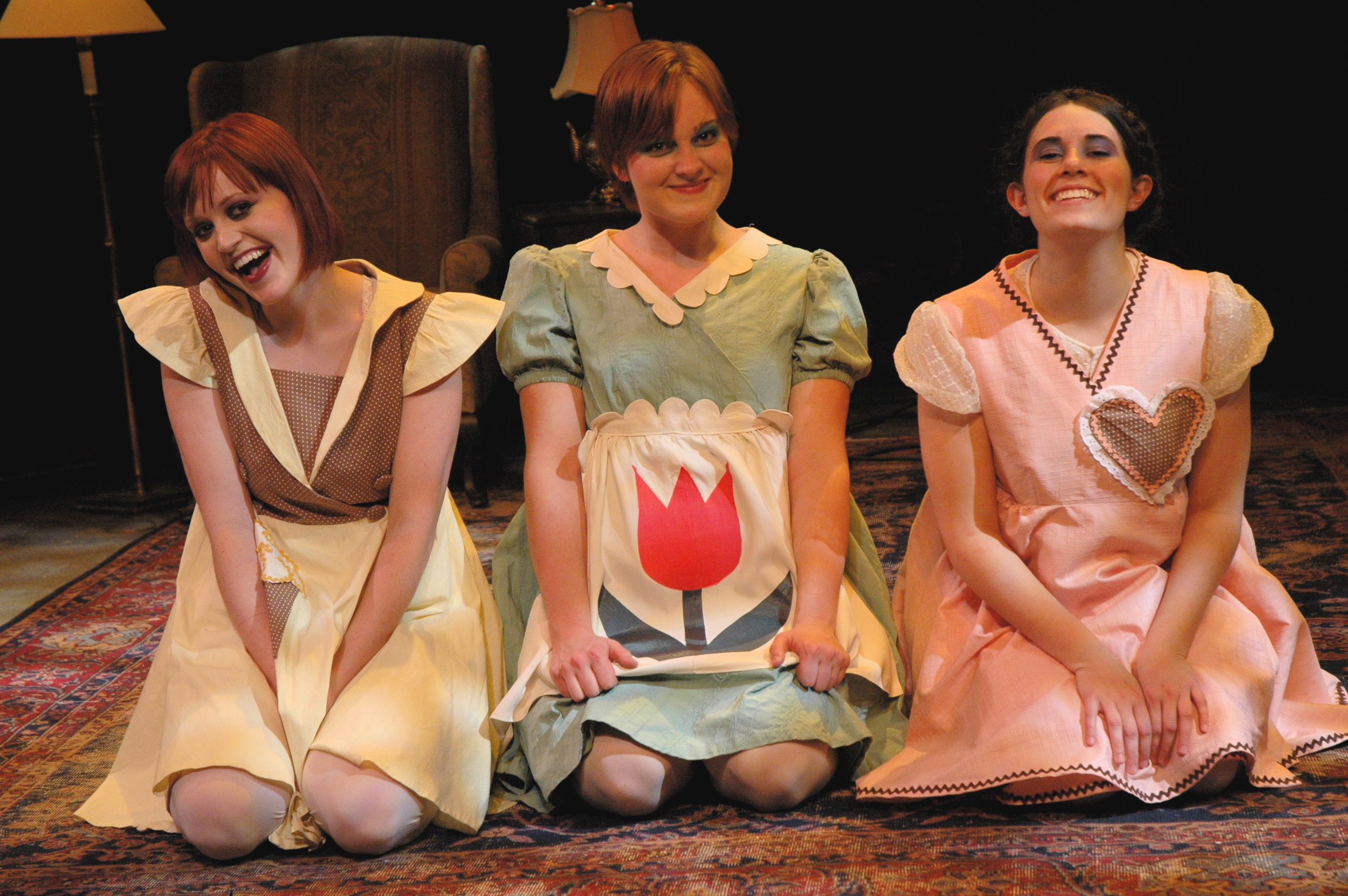






The Secret in the Wings
Thoughts on the play…
The framing device for the play is a retelling of Perrault’s classic, “Beauty and the Beast.” In this story, a merchant steals a rose from a monster and for this crime the merchant’s young daughter is compelled to go live with the beast. Each night the beast asks his captive if she will marry him; each night she denies him and then dreams of a prince who tells her; “do not trust your eyes.” At the end of the year the beast wins her love despite his terrifying appearance and at the moment she kisses him, he is transformed into the prince of her dreams. This story illustrates what G.K. Chesterton has called the profound lesson of fairy tales: “You must love a thing before it is lovable.”
Notes from Mary Zimmerman on her process of adapting the play.
Fairy tales are not just for children, Tony award winner, Zimmerman weaves together five classic, though not necessarily well-known, tales creating a magical evening of joyous dreams and dark enchantment. Beautiful and mysterious, the play explores those transforming moments that cause us to both laugh and weep.
The stories are linked by the power of love to transform and by its sometimes failure to accomplish such redemption. ‘What is this thing called love…?” What are we willing to do to attain it and to what ends does it lead us to sustain it? The human soul has a deep need to be loved, and yet may remain feeling quite unlovable/
The stories at times may appear to take a disturbing turn as they seek to capture the trial childhood fears and longings which have given these European scary tales their longevity. What attracts us to these dark tales? They become cathartic as they lead us from the shadows, better equipped to confront those fears that continue to frighten us in the light. The Brother’s Grimm, Perrault, Hans Christian Anderson and others have created tales which are both beloved and feared b because they seem, perhaps, too untrue.
At points in the play it is difficult to tell where one story ends and another begins. Images and characters from one story seem to find their way into the middle of another. Stories seem to end before they are finished and then begin again later/ Boundaries between reality and fantasy are permeable and fluid. The magic of the play lies in its ability to catapult us back into that “Pyschic space of childhood” where hearing a story and being part of it are one and the same thing. The play becomes a dreamscape through which we dance our way through the murky moments of seeming reality to rise in the realization of the truths found in the fantasy of the wings.
“…and if only we arrange our life according to that principle which counsels us that we must always hold to the difficult, then that which now seems to us the most alien will become what we most trust and find most faithful. How should we be able to forget those ancient stories that are at the beginning of all peoples, the stories about dragons that at the last moment turn into princesses; perhaps all the dragons of our lives are princesses who are only waiting to see us once beautiful and brave. Perhaps everything terrible is in its deepest being something helpless that wants help from us.”
“The Dragon Princess” - Rainer Maria Rilke
